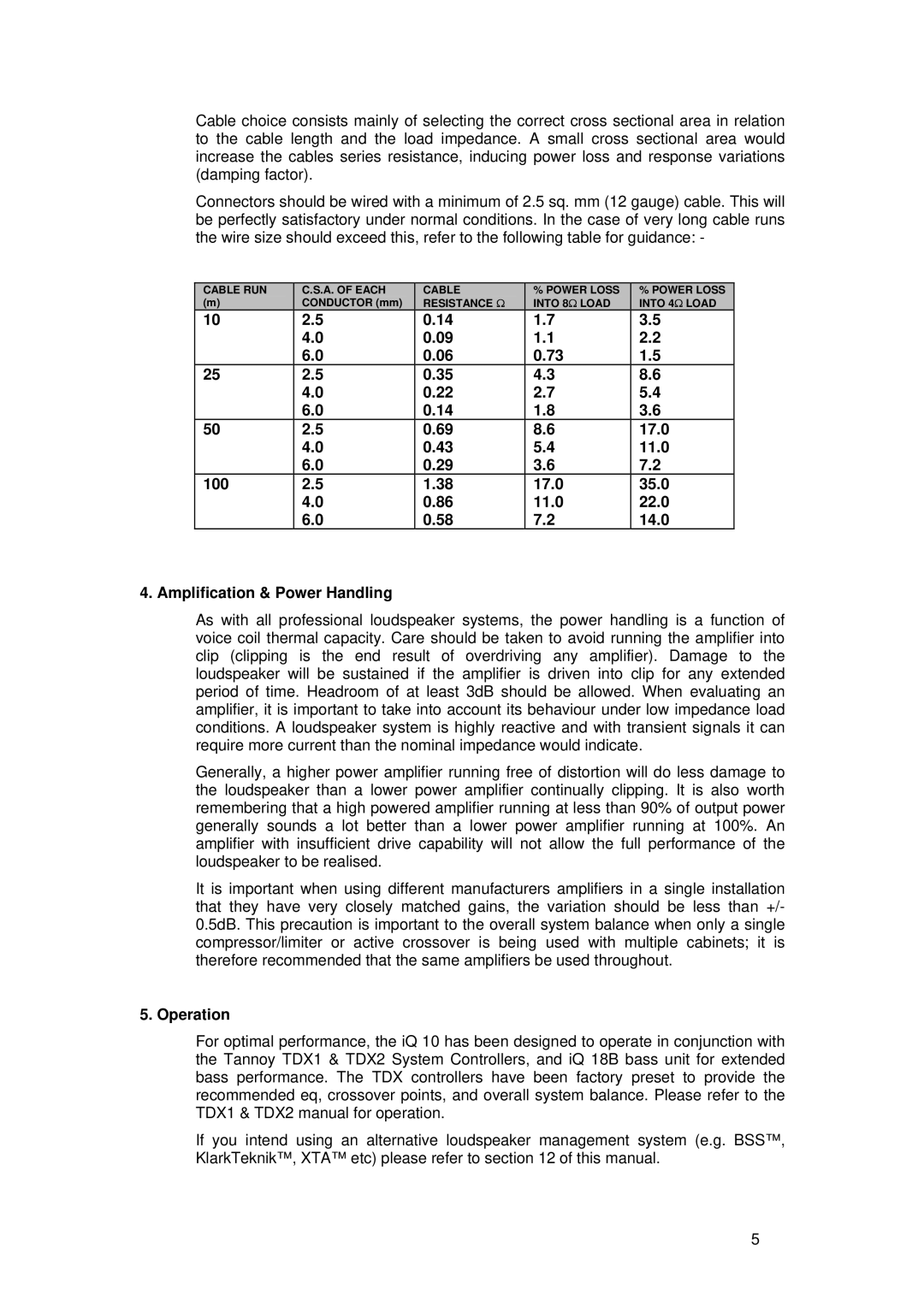iQ 10, iQ 10C, iQ 10P, iQ 10PC specifications
3Com, a pioneer in networking technology, has made significant strides in the development of its iQ series. Among its notable offerings are the iQ 10PC, iQ 10P, iQ 10C, and iQ 10 models, each designed to deliver optimal performance in network management and connectivity.The 3Com iQ 10PC is engineered for personal computing environments, facilitating seamless connectivity with its robust suite of network protocols. It features an integrated wireless module that supports both 2.4 GHz and 5 GHz bands, ensuring flexible and reliable connections. Its compact design is tailored for desktops or small office setups, and it boasts advanced security features like WPA3 encryption, which safeguards data from unauthorized access.
Next in line, the iQ 10P is tailored for professional use, specifically in enterprise-level settings where high performance is essential. It incorporates Power over Ethernet (PoE) technology, allowing users to power devices like IP phones and security cameras through the network cable. This capability not only simplifies cabling but also enhances the overall efficiency of the network infrastructure. The iQ 10P is equipped with enhanced Quality of Service (QoS) features, which prioritize bandwidth for critical applications, ensuring that voice and video calls remain clear and uninterrupted.
The iQ 10C stands out for its collaborative features, making it ideal for team environments. It integrates cloud management capabilities, enabling IT administrators to remotely monitor and manage network performance from any location. The inclusion of advanced analytics provides insights into network usage, helping organizations optimize their resources and improve user experience. Additionally, the iQ 10C supports seamless integration with various cloud applications, which allows for enhanced productivity and collaboration among teams.
Finally, the iQ 10 model is a versatile all-rounder, designed for a wide range of applications from home to enterprise. It features a multi-gigabit Ethernet port and comprehensive support for both IPv4 and IPv6, ensuring future-proof connectivity. Its adaptive QoS ensures optimal performance for various data types, while robust firewall features help protect the network from external threats.
Together, these models illustrate 3Com's commitment to innovation, providing users with powerful tools to meet the demands of modern networking. Each device in the iQ series embodies a blend of cutting-edge technologies, focusing on security, performance, and user-centric design, making them integral to any network infrastructure.
